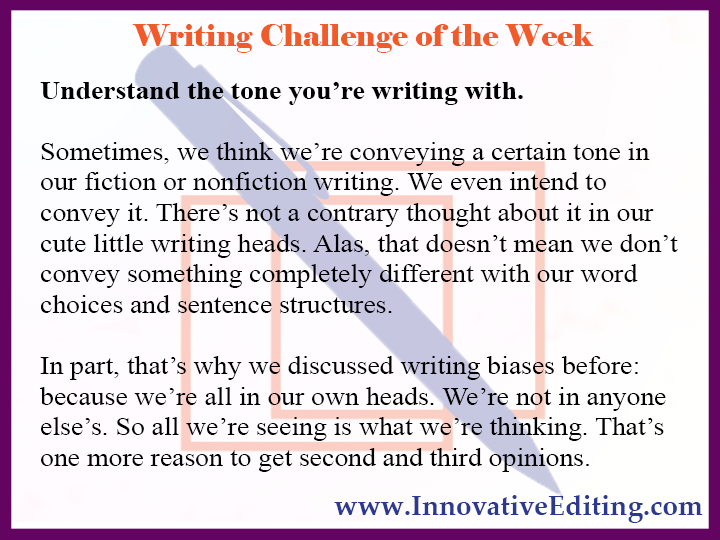One-Size-Fits-All Writing Rules? I Don’t Believe They Exist.
- Jeannette DiLouie
- May 9, 2018
- 3 min read

When it comes to writing, there are very, very few one-size-fits-all guidelines or rules to be found.
This might seem like a shocking admission coming from someone who’s been writing “Writing Rules” for the last year-plus. And I know I’ve been pretty passionate about some of them. Like Writing Rule #16, which went like this:
Longwinded, overly detailed villainous dialogues are rarely a good idea.
You know the part in cartoons where the villain chortles maniacally as he brags about the diabolical details of his plan?
Unless you’re making fun of that kind of big reveal, avoid it at all costs. It’s cheesy, unrealistic and, really, you’re better than that.
In the connected blog post, I added some more choices words, including:
When I say “longwinded, overly detailed villainous dialogues,” what I mean are those cheesy wrap-ups too many bad guys are prone to make. You know the part in cartoons where the villain chortles maniacally while he brags about the diabolical details of his plan?
Something along the lines of: “Mwa ha ha! I had you fooled all along, you silly hero, you. You thought I was after Tanja the whole time when I was actually after her twin sister, Talia. And the reason why is because Talia gets better grades in chemistry, which will better help me take over the world, starting with Woodsfield, Ohio, where I’ve built my secret lab!”
Why Woodsfield, Ohio? Mainly because I just got a telemarketer call from there and felt like throwing it in. But it’s also to further illustrate how ridiculous and random villainous dialogues can be.
There are big-name, successful authors out there who employ them, which is unacceptable. I’m sorry to be harsh here, but there’s only one excuse for employing this writing practice, and that’s if you’re making fun of it.
It’s cheesy, unrealistic and, really, you’re better than that.
That’s pretty blunt, you might point out. Which pretty much makes me a hypocrite. Right?
Au contraire, mon ami. Au contraire.
Because when you go back to the actual Writing Rule – or its explanation, for that matter – it doesn’t say to never use longwinded, overly detailed villainous dialogues. It gives some wiggle room, since there are some parodies out there that are written downright hysterically about such things.
Princess Bride, anyone?
The same can be said for every other creative writing rule I can think up off the top of my head, whether they’re about cliched heroes (which can actually work sometimes), too much setting detail (which can be used effectively in select sections), or unrealistic dialogue (if a character isn’t actually what or who he says he is…).
Or how about technical writing rules? Run-on sentences, incomplete sentences, improper preposition placement, split infinitives… We’re taught so many useful rules back in grade school and then reminded of them repeatedly through middle and high school.
And with good reason. It’s just that there’s also good reason to be repeatedly reminded that there really are exceptions to most writing rules.
As such, writers of all stripes, shapes and sizes need to be closely connected with their manuscripts every step of the way, continuously asking themselves questions like:
What message am I trying to convey?
What audience am I trying to reach?
What emotion am I pushing?
What is the purpose of that word? That sentence? That paragraph?
Sorry if that sounds daunting. It’s not supposed to be. This post is actually meant to inspire you toward true writing freedom, a place where you get to determine your own words with your own placement for your own purposes.
So never take a writing rule as the end-all be-all of your writing life. Consider them, yes, but also consider yourself, your manuscript and your readers.
Then act appropriately, knowing that one-size-fits-all writing rules don't usually exist.




